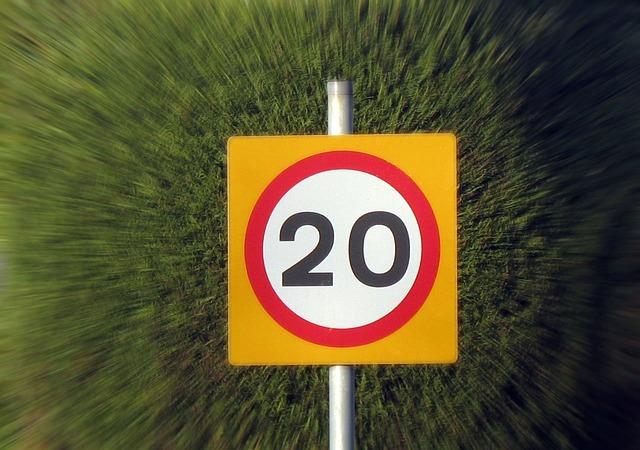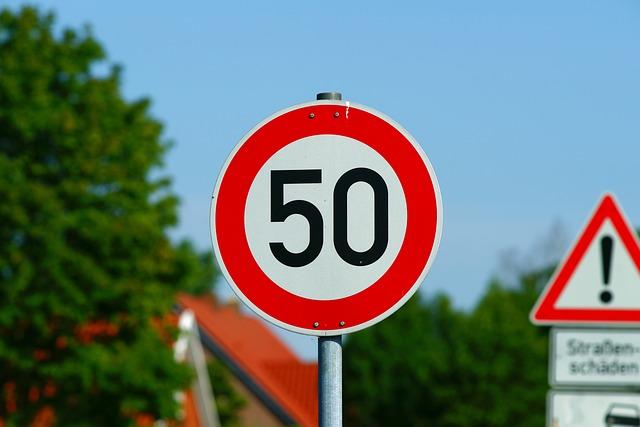UK Road Speed Limits: Follow Them to Save Lives
Published Date: 5th Apr 2023
Speed limits are an important part of road safety. They are put in place to protect road users and reduce the risk of accidents. When drivers ignore or disregard speed limit signs, they endanger themselves, their passengers, and other road users.
The current speed limits in the UK vary depending on the type of road. Motorways have a speed limit of 70 mph (112 km/h), while dual and single carriageways have a speed limit of 70 mph (112 km/h) unless otherwise signposted. In built-up areas with street lighting, the speed limit is 30 mph (48 km/h), and some residential areas and school zones may have a lower limit of 20 mph (32 km/h).
CHECK OUT OUR 2023 NEW CAR DEALS
 It's important to remember that these are national speed limits, and local authorities may set their own speed limits on specific roads. Always follow the speed limit that is in force, even if it seems lower than necessary. Local authorities will have considered the specific road and set the limit based on safety considerations.
It's important to remember that these are national speed limits, and local authorities may set their own speed limits on specific roads. Always follow the speed limit that is in force, even if it seems lower than necessary. Local authorities will have considered the specific road and set the limit based on safety considerations.
When driving on any road, it's important to be aware of the speed limit and adjust your driving accordingly. Reacting to unexpected situations and hazards can be difficult when driving too fast. For example, a pedestrian stepping out into the road or a car suddenly braking in front of you. Adhering to the speed limit gives you more time to react and avoid a potential accident.
Current UK Speed Limits:
- Motorways: 70 mph (112 km/h).
- Dual carriageways & Motorways: 70 mph (112 km/h).
- Single carriageways: 60 mph (96 km/h).
- Built-up areas: 30 mph (48 km/h) (with street lighting).
- 20 mph in some residential areas and around schools (where signs indicate).
 Speed limits are also in place to reduce the severity of accidents that do occur. The faster a vehicle travels, the more force it will have in a collision. This means that accidents at higher speeds are more likely to result in serious injury or death. By adhering to the speed limit, you can reduce the severity of an accident if one does occur.
Speed limits are also in place to reduce the severity of accidents that do occur. The faster a vehicle travels, the more force it will have in a collision. This means that accidents at higher speeds are more likely to result in serious injury or death. By adhering to the speed limit, you can reduce the severity of an accident if one does occur.
It's important to remember that speed limits can also be reduced in roadwork zones, around schools, or during adverse weather conditions. When driving in these situations, pay attention to any additional signs indicating the temporary speed limit. Adverse weather conditions can make roads more hazardous, so reducing your speed can help prevent accidents.
CHECK OUT OUR 2023 NEW CAR DEALS
Following speed limit signs isn't just about avoiding accidents and keeping yourself safe; it's also about being considerate to other road users. Driving at excessive speeds can make other drivers uncomfortable and intimidated, particularly on narrow or winding roads. This can lead to other drivers making mistakes and causing accidents.
In addition to following speed limit signs, it's also important to adjust your driving speed based on the specific road conditions and circumstances whilst driving. For example, reduce your speed when driving on a wet or icy road to allow for increased stopping distances. When driving on a road with lots of bends or sharp turns, reduce your speed to maintain control of your vehicle.
READ ALL THE LATEST NEW CAR NEWS HERE
It's worth noting that speeding can also result in penalties and fines and in extreme cases, the loss of your driving license. So not only is it safer to follow the speed limit signs, it's also the legal thing to do.
In conclusion, following signposted speed limits on UK roads is crucial for road safety. Speed limits are in place to protect road users and reduce the risk of accidents. Always obey the speed limit that is in force, adjust your driving speed based on the specific road conditions and circumstances whilst driving, and be considerate to other road users. Following these guidelines can help make UK roads safer for everyone.
 Always obey posted speed limit signs, which are in place to ensure your safety and the safety of others on the road.
Always obey posted speed limit signs, which are in place to ensure your safety and the safety of others on the road.- Remember that speed limits can vary depending on the type of road you're on and the presence of street lighting.
- Be aware that local authorities may set their own speed limits on specific roads, so always pay attention to posted signs.
- Adjust your driving speed based on road conditions and circumstances. For example, reduce your speed during adverse weather or when driving through roadwork zones or around schools.
- Be mindful of residential areas where the speed limit may be reduced to 20 mph, and be sure to adjust your speed accordingly.
- Remember that exceeding the speed limit can result in penalties such as fines, points on your license, or even disqualification from driving, so always stay within the posted limits.
UK Car Discount can help you find a brand-new car that meets your needs. Our team of experts can advise you about our best new car deals to suit your personal requirements so you can make an informed decision. Contact us today at 0161 946 3500 to learn how we can help you buy your next new car.
